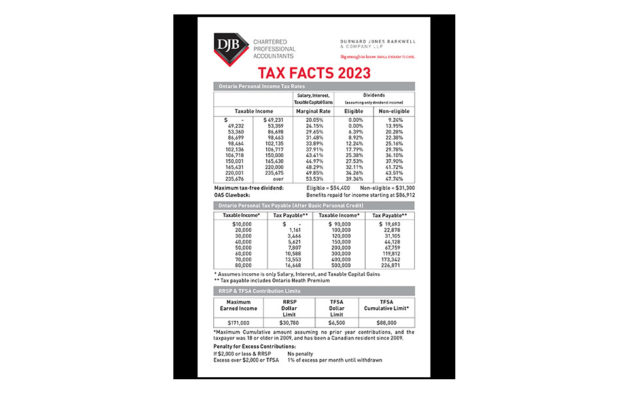A June 17, 2022, Ontario Superior Court of Justice case considered whether a will had been appropriately witnessed. In 2020, the owner of an insurance agency was diagnosed with terminal cancer and drafted a final will and testament. As it was the height of the COVID-19 pandemic, she chose two of her employees to meet her outside of the agency to sign the document as witnesses. She left everything to two children and nothing to the third. She died later that year.
Subsequent to her death, one of the beneficiaries wound up the agency and provided severance to the employees. One of the employee witnesses was not happy with the 14 weeks of severance pay offered and refused to affirm that she had witnessed the will signing until the dispute over her severance was completed. The Court also noted that she was quickly rehired by another insurance agent, the deceased’s child who had not received anything from the will. Later, the witness argued that she was not physically close enough to confirm that she had actually witnessed the document being signed.
The circumstances indicated that the witness was present at the signing, was close enough to see what was happening, and as a clerk in an insurance agency, would not have originally signed the will inappropriately. The Court found that the witness was lying about not having witnessed the signing with the likely motivation of increasing her severance.
While the will was eventually determined to be valid, this case reiterates the importance of carefully selecting individuals to witness signing important documents, such as a will.
ACTION ITEM: When selecting an individual to witness the signing of a legal document, consider whether they would be available and willing to properly verify their signature in the future, if required.









